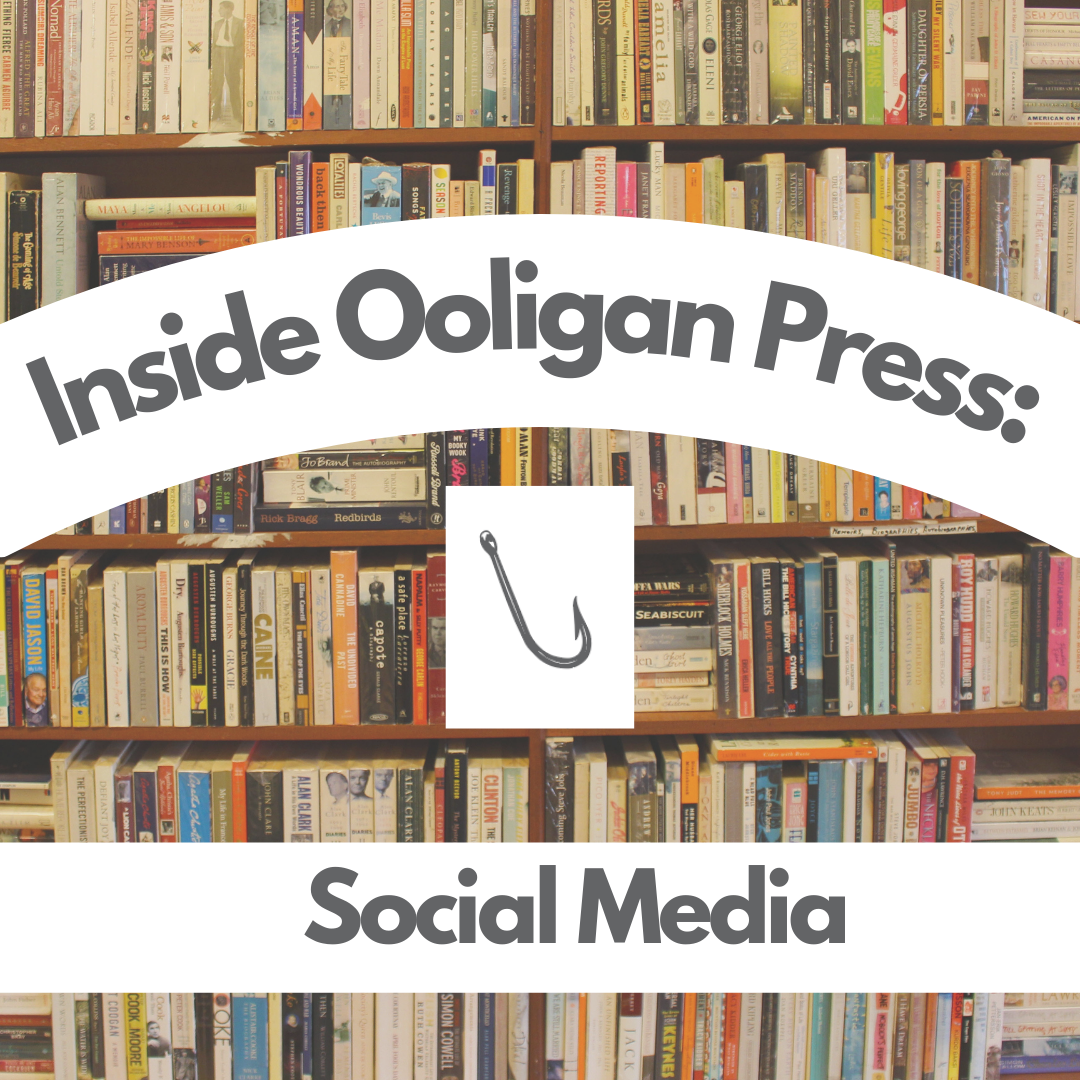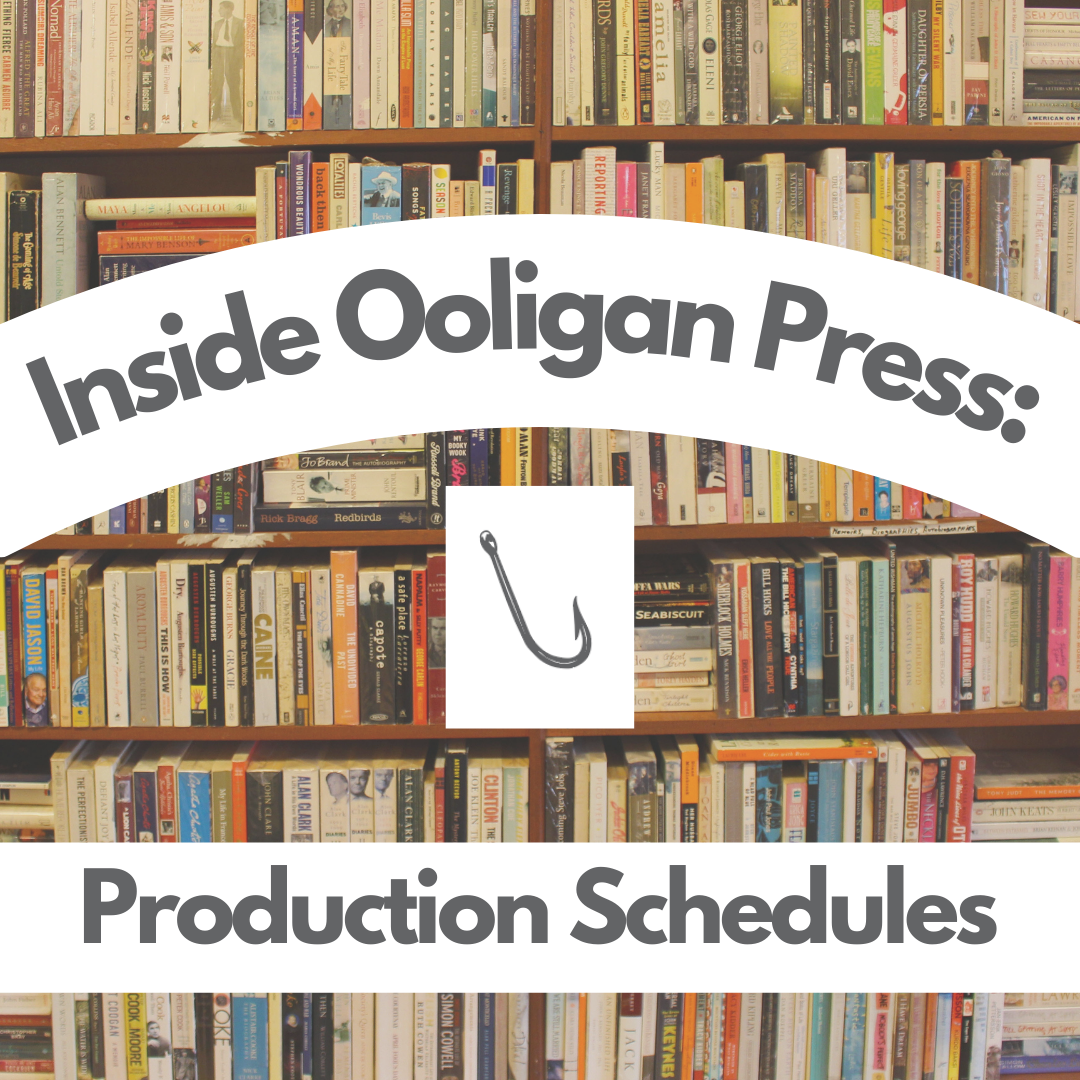Inside Social Media at Ooligan Press
At Ooligan Press, we have a set of best practices for supporting our authors and their books with social media channels. As part of the “Inside Ooligan” series, here’s a look at what the Ooligan Press Social Media Manager does for our books in production.







